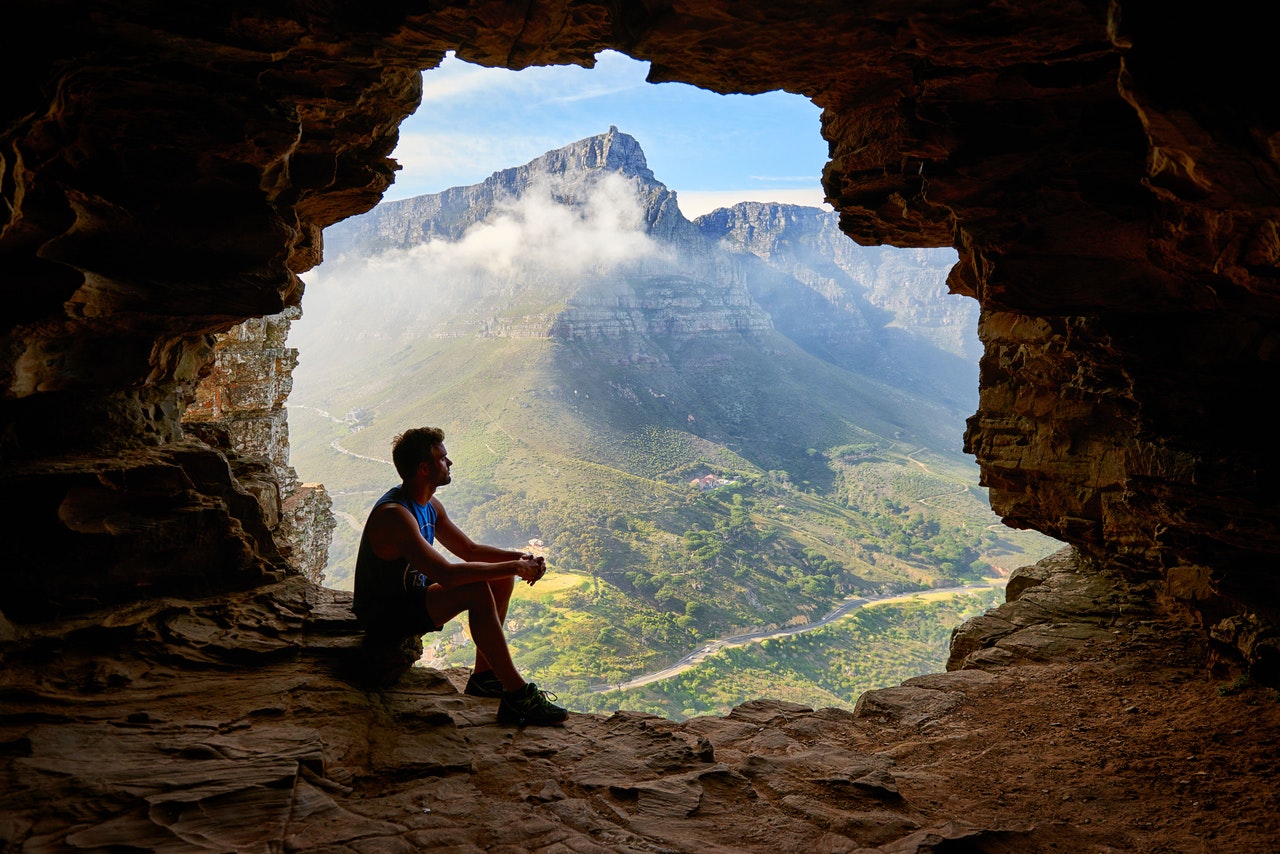There’s nothing quite like spending time in nature. And given the constant stress of modern life and the daily grind of the workplace, there’s just something special about getting away from it all.
With any adventure, however, there are some risks that must be addressed. Those who stay home all summer and who are afraid of getting a sunburn or even one bug bite undoubtedly take things much too far. But knowing how to stay safe outdoors is essential for anyone who plans to get the most out of their experience and ensure the well-being of themselves, their family and their friends.
The good news is that it doesn’t have to be that complicated. As long as you respect your environment and make sure to stick to the following three principles, you’ll be able to enjoy yourself and stay safe in almost any conditions.
1. Understand Basic Navigation
We’ve all heard tales of people getting lost in the woods. It’s a legitimate concern, and one you must take seriously. The best way to avoid an unwanted night (or longer stretch of time) spent in the wilderness is by acquiring the necessary knowledge about your surroundings.
Rather than having a complete database of all trails and terrain, this is more about the general principles of navigation. For starters, you, or someone in your party, must know how to use a compass — and remember to take it along with you. It’s also key to have a basic idea of where the sun is in the sky at different times of day, and it wouldn’t hurt to be able to locate the North Star at night.
2. Pay Attention to Your Surroundings
Beyond navigation basics, make sure you always pay attention when you’re on an outdoor adventure. If you’re walking a trail or rafting down a river, for example, learn to remember some landmarks and always be on the lookout for any signs or markings on the path to help guide your way.
Above all, be sure to stay present during the journey so you’re better able to acclimate to a new environment. If you do this consistently, over time, you’ll have a much better understanding of how to read natural signs like running water and the growth patterns of trees and vegetation. Some of this requires more advanced knowledge that you won’t have as a beginner, but the goal is to build on what you have learned each time out.
3. Stay Warm and Dry
Though some skittish people fear snakes and bear attacks, the biggest risk you will typically face outdoors are the elements. A long downpour in the evening, even if the temperature doesn’t feel too chilly, can be a real danger. Hypothermia can occur faster than most people think, particularly when you’re soaking wet and lack any means of getting dry.
Fortunately, all it takes to safely confront Mother Nature with confidence is the right outdoor gear technology. Today’s advanced jackets and layering options will provide the proper level of insulation for the climate you’re in, ensuring your body temperature never dips. All you need to do is pair this warmth with some waterproof rain gear, and you can rest assured knowing you won’t put yourself in danger, even in freezing temperatures.
Staying Safe Outdoors
You can’t enjoy nature if you approach it with fear. This is why it’s so important to differentiate the actual risks you could encounter on your adventure from the silly worries that are highly unlikely to ever occur.
The biggest threats to your safety will be getting lost, not understanding the environment you are in, and being unprepared for the temperatures and precipitation you might face.
But if you stay proactive, plan ahead and learn how to mitigate these risks, you’ll be able to stay safe no matter the location or weather you face.

